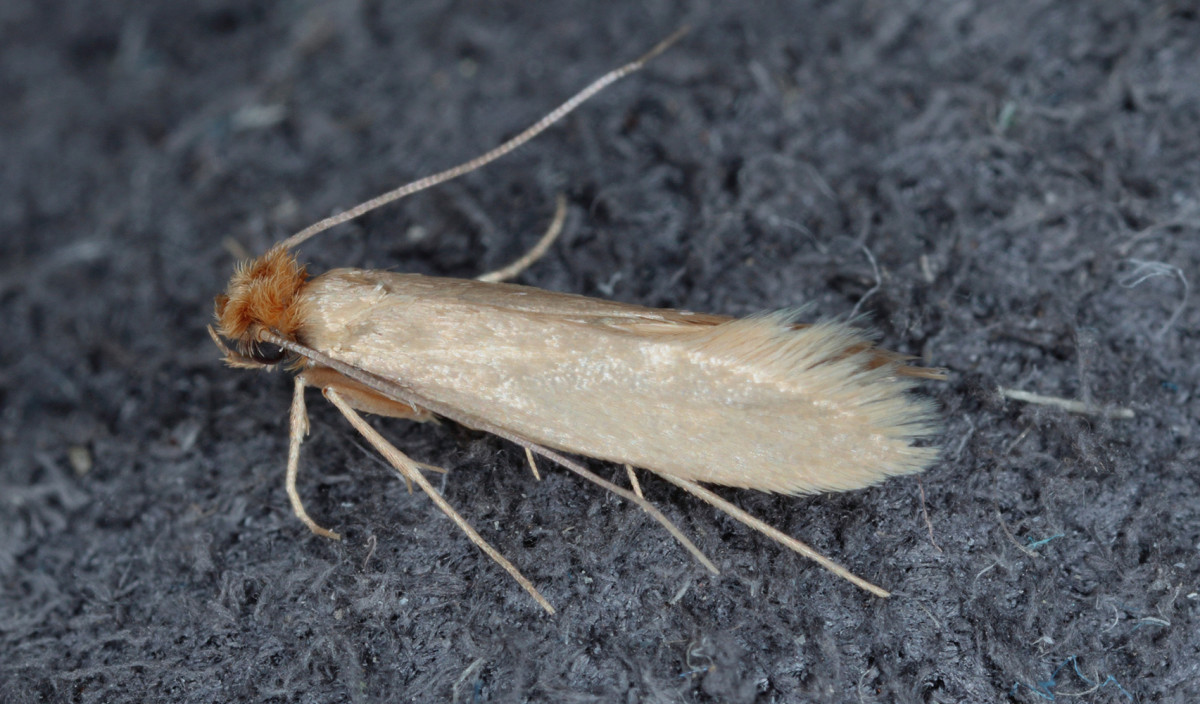Solve problems in and around your home.
Start Problem Solver

Have you found unexplained holes in your favourite woollen sweater? This may indicate an infestation of clothes moth or one of its relatives.
The larvae of the clothes moth eat natural fibres usually wool. If you find hole appearing in your woollen sweaters it is maybe an indication of clothes moth infestation.
Clothes moths are small (about 1 cm), buff-coloured moths. Two different species are common in New Zealand, the webbing clothes moth and the case making clothes moth. The webbing clothes moth is uniformly buff-coloured, whereas the case making clothes moth is similar in appearance but has indistinct dark specks on the wings.
Clothes moths are seldom seen because unlike many other moths they avoid light. They prefer dark, undisturbed areas such as wardrobes, basements and roof voids, and tend to live in corners or in folds of fabric. If you do see tiny moths flying about in the kitchen and other open areas, they are probably pantry moths originating from some infested cereal, flour or stored food item. Clothes moth adults do not feed so they cause no injury to fabrics. However, the adults produce eggs which hatch into the fabric-eating larvae.
The larval stage of clothes moths are creamy-white caterpillars up to 1 cm long. Webbing clothes moth larvae spin silken feeding tunnels or patches of webbing as they move about on the surface of fabrics. The case making clothes moth encloses itself in a portable case that it drags about wherever it goes.
Damage to articles may consist of irregular surface feeding or holes eaten completely through the fabric. Often, the larvae leave the material they developed on and can be seen crawling slowly over walls or ceilings. The case making clothes moth may travel considerable distances from the infested article to spin its cocoon in a protected crack, or along the juncture of a wall and ceiling.

Water based surface spray for the control of crawling and landing insect pests. Create a perimeter barrier to in…

Non-toxic traps to attract and trap clothes moths. Monitor and protect clothes and fabrics from clothes moth dam…

For long lasting control of 99.9% of common insect pests.